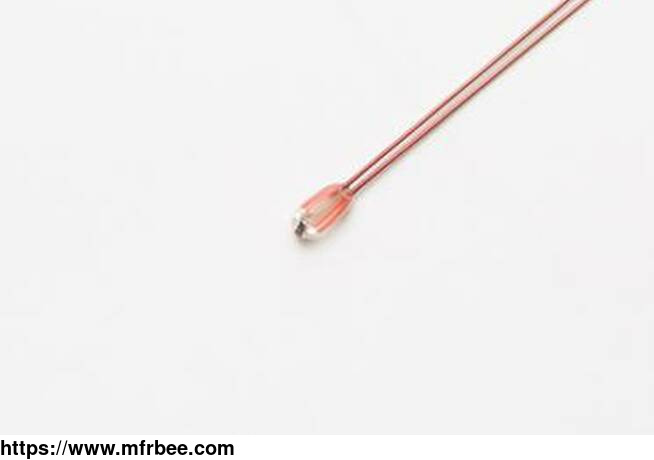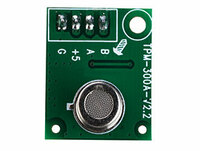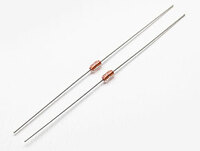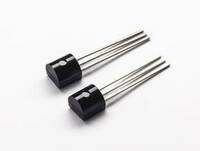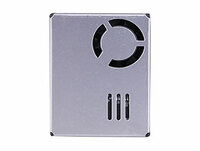RTD thermistor thermistor
Specifications
Positive Temperature Coefficient Thermistor FAQs
What Is The Difference Between PTC And NTC Thermistor?
PTC positive temperature coefficient and NTC are two types of thermistors. According to different temperature coefficients, it is divided into positive temperature coefficient thermistor (PTC) and
negative temperature coefficient thermistor (NTC).
NTC (negative temperature coefficient) refers to the thermistor phenomenon and material with a negative temperature coefficient, uses of ntc thermistor, the resistance decreases exponentially with
the increase of temperature.
PTC (positive temperature coefficient) refers to the thermistor phenomenon or material with the rapid increase of resistance and positive temperature coefficient at a certain temperature, which can
be specially used as a constant temperature sensor.
As one of PTC resistor suppliers, we offer different specifications of thermistors. If you want to know more about PTC thermistor uses, please feel free to contact us.
What is the PTC Thermistor Function?
PTC thermistor uses are of a wide range. In addition to being used as a heating element, a PTC type thermistor can also play the role of a switch. PTC thermistor functions contain three aspects:
sensitive element, heater and switch, which is called a thermal switch. After the current passes through the element, the temperature rises, that is, the temperature of the heating body rises. When
the Curie point temperature is exceeded, the resistance increases, so as to limit the increase of the current. Therefore, the decrease of the current leads to the decrease of the element
temperature, the decrease of the resistance value increases the circuit current and the element temperature again and again, so it has the function of maintaining the temperature in a specific
range, It also acts as a switch. This resistance temperature characteristic is used to make a heating source. As heating elements, air heaters, electric soldering irons, clothes dryers, air
conditioners, etc. can also protect electrical appliances from overheating. If you want to know more about the of PTC thermistor working principle, please feel free to contact us.
How Does A PTC Thermistor Work?
A thermistor is a kind of sensor resistance, and the resistance value changes with the change of temperature. According to different temperature coefficients, it is divided into positive
temperature coefficient thermistor and negative temperature coefficient thermistor. The ptc resistance value of the positive temperature coefficient thermistor increases with the increase of
temperature, and the resistance value of the negative temperature coefficient thermistor decreases with the increase of temperature. They belong to semiconductor devices.
PTC thermistor working principle: thermistor will not operate for a long time; When the ambient temperature and current are in Zone C, the heat dissipation power of the thermistor is close to the
heating power, so it may or may not act. When the ambient temperature of the thermistor is the same, the action time decreases sharply with the increase of current; When the ambient temperature is
relatively high, the thermistor has a shorter action time and smaller maintenance current and action current.
- Country: China (Mainland)
- Address: 6F, JinXiongDa Indusry Park , GuanLan Town, LongHua District, Shenzhen, China.
- Contact: toposen com
